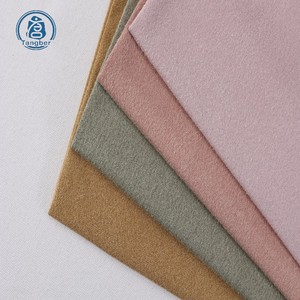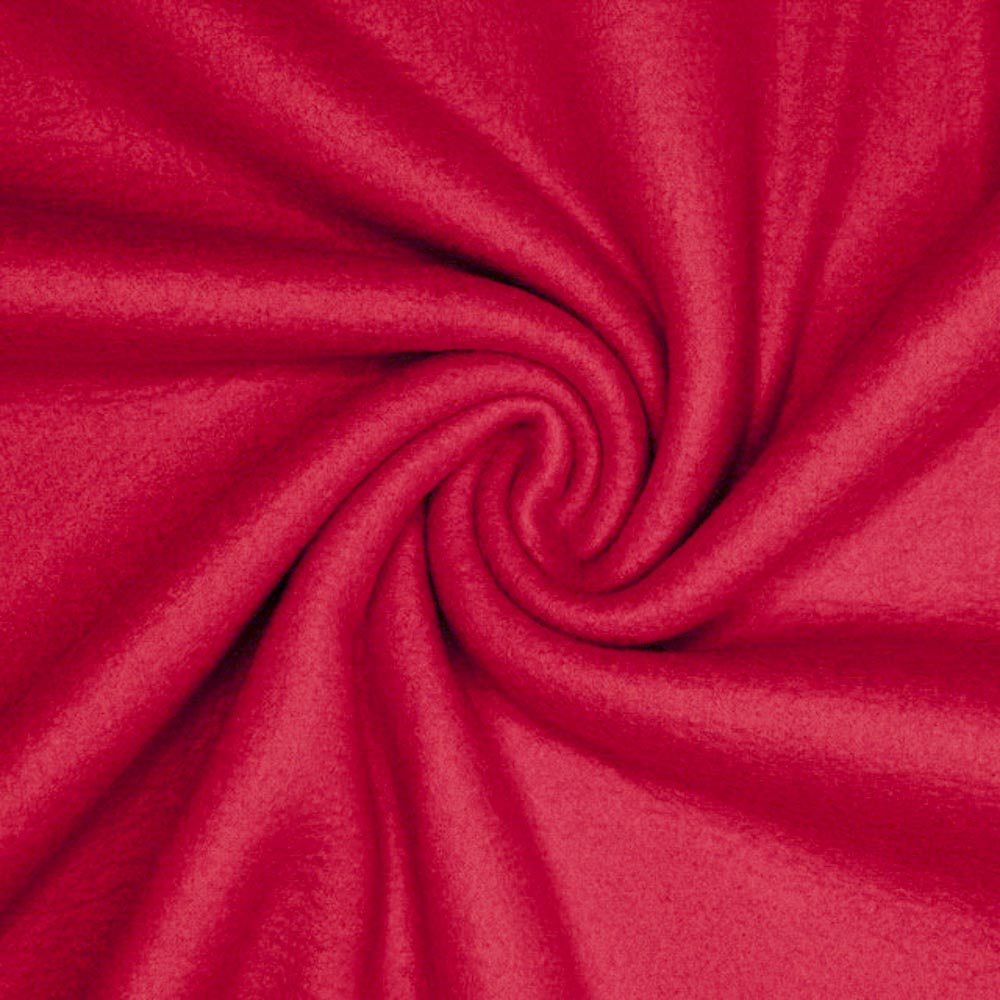Can Silk and Fleece Be Blended in Textile Production?

Fabric compatibility is crucial in fashion and sewing, as it affects the final product’s quality and durability. Combining silk and fleece can create unique textiles with enhanced properties. In this article, you’ll learn about the compatibility of these fabrics, their properties, benefits, challenges, and tips for sewing and caring for them.
Compatibility Analysis
Can silk and fleece be blended in textile production? Yes, they can. Silk and fleece can be combined to create textiles that balance the luxurious feel of silk with the warmth and comfort of fleece. However, this blend requires careful consideration of factors like texture, weight, stretch, care requirements, and durability.
Key Factors
- Texture: Silk is smooth and soft, while fleece is fluffy and warm. Combining them can result in a unique tactile experience.
- Weight: Silk is lightweight, whereas fleece is heavier. The blend should be balanced to ensure comfort and practicality.
- Stretch: Silk has minimal stretch, while fleece can have some elasticity. The blend may need additional support to maintain shape.
- Care Requirements: Silk requires delicate care, while fleece is often machine washable. Care instructions should be adapted to protect both fabrics.
- Durability: Silk is delicate, while fleece is robust. The blend should be designed to ensure longevity.
Fabric Properties Comparison Table
| Property | Silk | Fleece |
|---|---|---|
| Fiber Content | Natural | Synthetic |
| Weight/Thickness | Lightweight | Medium to heavy |
| Breathability | High | Moderate |
| Stretch | Low | Moderate |
| Wrinkle Resistance | Low | High |
| Care Instructions | Hand wash, low iron | Machine wash, no iron |
| Durability | Moderate | High |
Benefits of Mixing These Fabrics
- Enhanced Texture and Visual Interest: The combination of silk’s sheen and fleece’s texture creates a visually appealing fabric.
- Improved Comfort and Performance: Silk adds softness, while fleece provides warmth, making the blend suitable for various climates.
- Better Drape and Movement: The blend can offer a graceful drape and fluid movement, ideal for fashion garments.
- Cost-Effectiveness: Combining silk with a less expensive material like fleece can reduce costs while maintaining quality.
- Seasonal Versatility: The blend is suitable for both warm and cold seasons due to its balanced properties.
- Design Possibilities: The mix allows for creative designs in both fashion and home decor.
Potential Challenges
- Different Shrinkage Rates: Silk and fleece may shrink differently, requiring pre-treatment to minimize discrepancies.
- Conflicting Care Requirements: Care instructions must be carefully managed to avoid damaging either fabric.
- Texture Clash or Pilling: The blend may experience pilling or texture clashes, requiring careful fabric selection and treatment.
- Seam Puckering: Differences in fabric behavior can cause puckering, necessitating careful sewing techniques.
- Color Bleeding or Fading: Silk’s vibrant colors may bleed, requiring gentle washing methods.
Practical Solutions
- Pre-wash fabrics to manage shrinkage.
- Use gentle detergents and cold water for washing.
- Employ interfacing and stabilizers to manage seam puckering.
- Test colorfastness before washing.
Sewing & Styling Tips
- Best Sewing Techniques: Use a fine needle and polyester thread for smooth seams.
- Needle and Thread Recommendations: A size 70/10 needle and fine, strong thread work well.
- Interfacing and Stabilizer Needs: Lightweight interfacing can provide support without adding bulk.
- Seam Finishing Methods: French seams or serging can prevent fraying.
- Pattern Selection Advice: Choose patterns that highlight the blend’s drape and texture.
- Styling Ideas: Pair with contrasting fabrics for visual interest in garments and home decor.
Care & Maintenance Guide
- Washing Instructions: Hand wash or use a delicate cycle with cold water.
- Drying Recommendations: Lay flat to dry to maintain shape.
- Ironing and Steaming Tips: Use a low heat setting and a pressing cloth to protect silk.
- Stain Removal: Use mild stain removers specific to each fabric type.
- Long-Term Care: Store in a cool, dry place to prevent damage.
FAQ Section
- Can you wash silk and fleece together? Yes, but use a gentle cycle and cold water to protect both fabrics.
- Will silk shrink more than fleece? Silk may shrink more; pre-wash both fabrics to minimize differences.
- What needle size should I use for sewing silk and fleece together? A size 70/10 needle is recommended.
- Can you mix silk and fleece in one garment? Yes, combining them can enhance the garment’s texture and warmth.
- How do you prevent puckering when combining these fabrics? Use stabilizers and test your sewing machine settings.
- Is it okay to mix silk and fleece for upholstery? It can be done, but consider durability and care requirements.
- What’s the best way to finish seams with silk and fleece? French seams or serging can provide a clean finish.
By understanding the properties and compatibility of silk and fleece, you can create innovative and stylish textiles that offer both comfort and elegance.

Leave a Reply